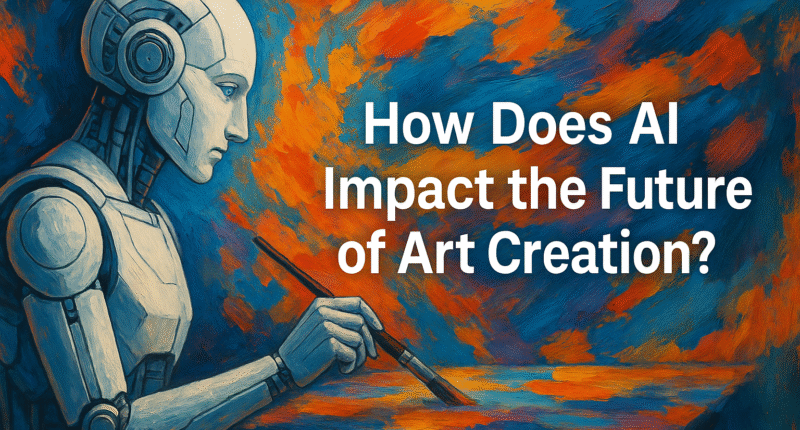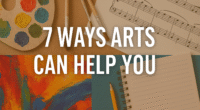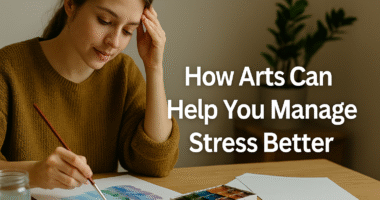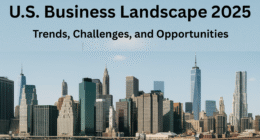Artificial Intelligence (AI) is revolutionizing industries across the globe, and the world of art is no exception. From digital paintings to AI-generated music and films, technology is reshaping how art is produced, consumed, and valued. The question is no longer whether AI will influence art, but how deeply it will transform the future of creative expression.
The Rise of AI in Art
AI tools such as MidJourney, DALL·E, and Runway ML allow anyone to generate original artworks with simple text prompts. By analyzing massive datasets of existing art, these platforms can produce realistic images, experimental styles, and even entirely new concepts.
Making Art Accessible to Everyone
Traditionally, mastering painting, music, or design required years of practice. Now, AI enables beginners and professionals alike to create high-quality art quickly. This accessibility opens creative opportunities to people who may not have had the training or resources to pursue traditional methods.
Benefits of AI in Creative Innovation
AI is not replacing creativity—it’s expanding it. Artists use AI as a collaborator, combining human imagination with machine learning to explore new artistic frontiers.
Speed and Efficiency
AI drastically reduces the time it takes to create. For example, designers can generate dozens of logo concepts within minutes, while musicians can experiment with AI-assisted soundscapes instantly. This efficiency allows creators to focus on storytelling, emotion, and refinement rather than repetitive technical tasks.
Expanding Artistic Possibilities
Generative art, powered by algorithms, introduces entirely new forms of creativity. By merging human input with AI, artists can explore unique aesthetics that might be impossible using traditional methods. AI also inspires hybrid projects that blend painting, film, and interactive media into immersive experiences.
Challenges and Ethical Concerns
Despite its benefits, AI in art raises significant concerns.
Originality and Copyright Issues
AI models learn from existing works, which sparks debates about originality. Who owns the final product—the user, the AI developer, or the original artists whose works were used in training? This question creates ongoing legal and ethical challenges.
Impact on Human Artists
Some fear AI could devalue traditional artists by flooding the market with cheap, automated creations. Yet, many believe that human-made art will become more valuable, celebrated for its authenticity and emotional depth. Instead of competing, AI and human artistry can coexist.
The Future of AI and Art
As AI technology advances, the line between artist and machine will continue to blur. We may see AI-assisted museums, interactive art exhibitions, and personalized creative experiences tailored to each viewer.
Human Creativity Remains Central
No matter how advanced AI becomes, it cannot replicate human emotion, intuition, or storytelling. These qualities will ensure that artists remain at the heart of the creative process. AI is a tool—a powerful one—that enhances artistic potential but does not replace it.
Conclusion: A New Creative Era
AI is transforming art creation by making it faster, more accessible, and more experimental. While issues of ownership and originality remain, the collaboration between humans and AI is opening a new chapter in creativity. The future of art will not be about machines taking over but about empowering artists to reach new horizons.









